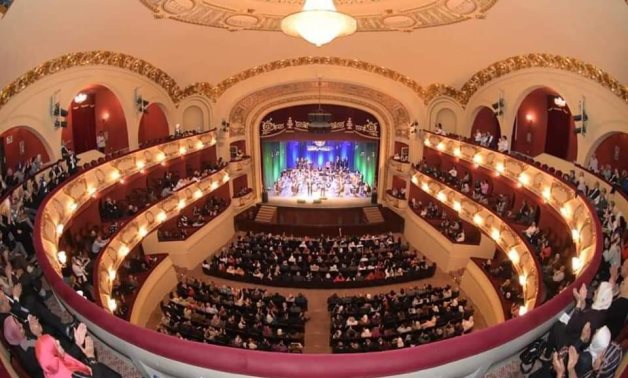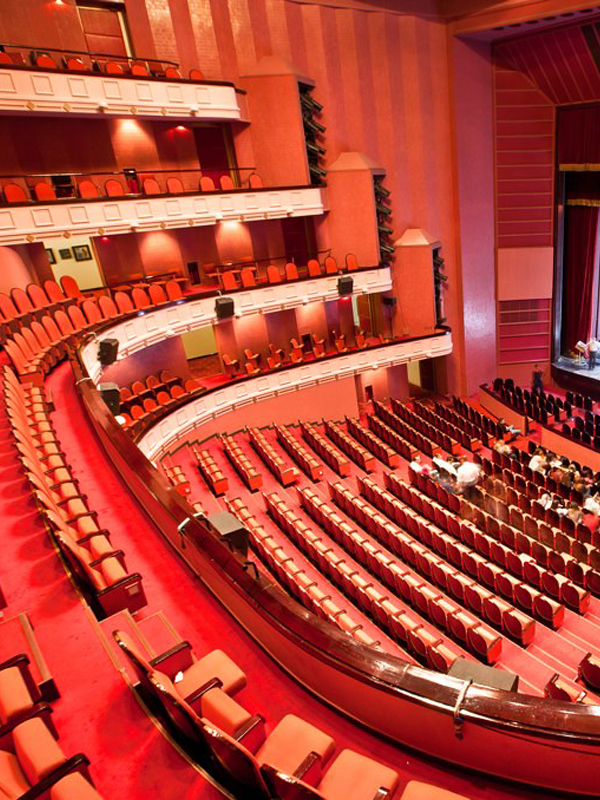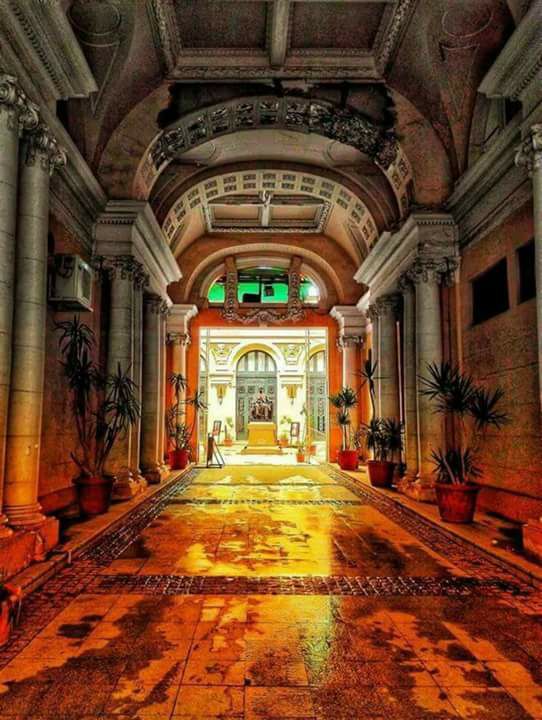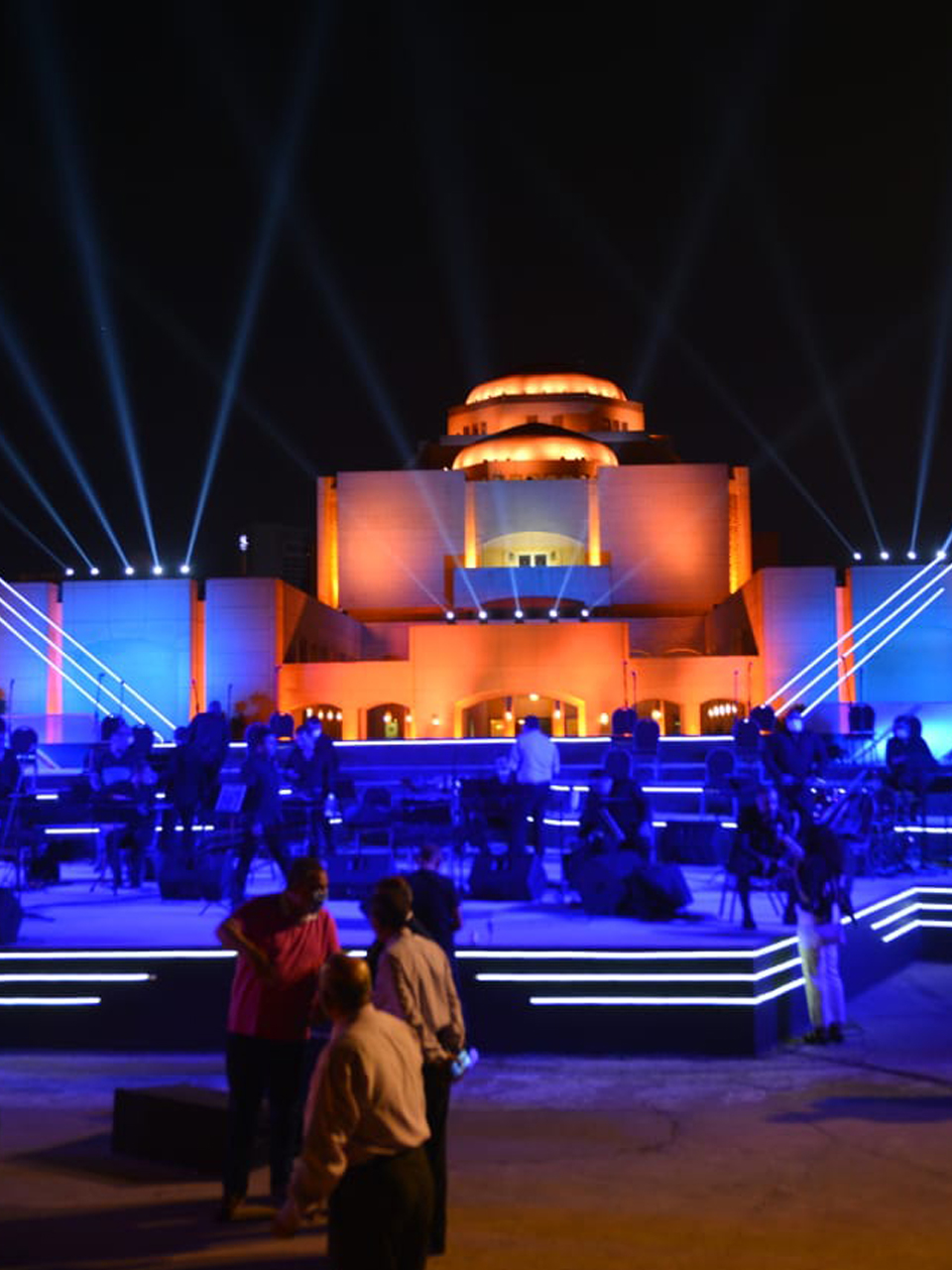

The National Arab Music Institute dates back to 1914, when, in an effort to save oriental music, Mustafa Bey Reda initiated the first assembly of an oriental music club. At that time, oriental music was badly suffering from disinterest, stagnation and deterioration.
At the general assembly in 1921, the government granted the club a plot of land in the area which is now Ramses Square. One year later, the oriental music club was inaugurated under the patronage of King Fuad I and was consequently called the Royal Arab Music Institute.
Its main objective was to promote traditional Arab music, teach musical theories and notation and above all document traditional compositions.
In 1932, the first Arab music conference was held and musicians from all over the Arab world as well as a number of orientalists took part. Their common goal was to raise the standard of oriental music. Well-known artists were graduated from this prestigious institute.
Among them were musicians like Mohamed Abdel Wahab, singers like Mohamed Abdel Motaleb, and composers like Abdel Halim Nowera. Unfortunately, the building was neglected and gradually fell into a state of dilapidation. Eventually, the theatre was closed.
In 2001, following the instructions of His Excellency, the Minister of Culture, the building was registered as an Egyptian antiquity and affiliated to the National Cultural Centre “Cairo Opera House”. The National Cultural Centre undertook a comprehensive renovation of the building which took the better part of a year and a half. The furniture was mended or replaced, wooden panels repaired, ornaments carefully and lovingly restored until the building slowly appeared in its former beauty again.
For good measure modern technologies were introduced as well, such as a sound and light system or stage machinery. An additional building houses administrative services, training halls, artists’ rooms, make-up rooms, staff offices etc.
The main contribution, however, is the Mohamed Abdel Wahab Museum and the collection of musical instruments. In the course of renovation the institute’s library was updated, too.
The Arab Music Institute features the following departments:
- The Theatre of the Arab Music Institute: After the renovation and addition of modern technologies the theatre is now well suited to stage authentic Arab music performances.
- The Music Library: The library holds rare books and manuscripts on art and music as well as a large collection of digitally recorded music by singers and composers from Egypt and the whole Arab world.
- The Mohamed Abdel Wahab Museum: This museum enables the visitor to catch a glimpse of the life of one of Egypt’s most beloved actors.
It is divided into several halls one of them being the Memorabilia Hall which in turn comprises two suites.
The first one sheds light on Mohamed Abdel Wahab’s childhood, his upbringing, his first steps in the world of art and music, his connection to the Arab Music Institute, the Egyptian cinema, the relationship with writers and artists and the prizes and honours he received.
The second suite represents some of his private rooms such as his bedroom and his private office as well as a collection of his favourite pieces of furniture and other personal belongings.
The Movies’ Hall includes all the films Mohamed Abdel Wahab starred in. In order to enhance the clarity of the pictures they are screened on special plasma screens.
The Audio-Visual Hall contains a complete archive of his works, his artistic profile and his relations with prominent figures, kings and presidents. Films can easily be viewed by a system of touch screens.
- The Museum of Musical Instruments: This museum has a fine collection of old instruments some of them being quite unique. They were found in the museum and were carefully renovated.
The museum’s different halls are dedicated to a particular type of instrument i.e. wind, string, and percussion. Each showcase bears an exact description of the instrument, and an audio device enables the visitor to listen to its sound.
The collection includes some very rare instruments such as a piano with additional keys. They are used to play oriental melodies with notably smaller intervals than known from the Western musical systems. There is also a Japanese koto, an Indian sitar and a santur from Turkey. Other unique instruments which were originally found at the museum are now on display at the National Cultural Centre.




